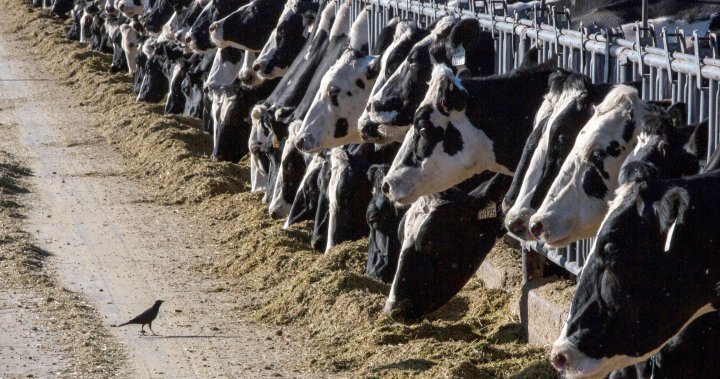
Bird flu: U.S. CDC to post wastewater data to better track spread in cattle
Global News
The agency is planning to publicly post data on influenza A found in wastewater as soon as Friday that could offer new clues into the outbreak of H5N1 bird flu in cattle herds.
The U.S. Centers for Disease Control and Prevention (CDC) is planning to post data on influenza A found in wastewater in a public dashboard possibly as soon as Friday that could offer new clues into the outbreak of H5N1 bird flu in cattle herds.
CDC wastewater team lead Amy Kirby told Reuters on Thursday that the agency has identified spikes of influenza A, of which H5N1 is a subtype, in a handful of sites and is investigating the source. She said there is no indication of human infection with H5N1.
Kirby said the CDC has been collecting influenza data in wastewater in about 600 sites since at least last fall to better track respiratory infections. That data can now be helpful in tracking the outbreak of H5N1 bird flu that has infected 42 dairy herds in nine U.S. states, and one dairy farm worker.
Scientists are closely watching for changes to the virus that could make it spread more easily among humans.
The wastewater tests are capable of detecting many types of influenza A, including the H5N1 subtype, but the findings do not indicate the source of the virus or whether it came from a bird, cow, milk or from farm runoff or humans.
The dashboard will allow individuals to check for increases in influenza A in their area, and compare it with historical data where available. Seasonal influenza cases have fallen off sharply, so spikes could offer a signal about unusual flu activity.
So far, testing has identified some increases in the presence of flu in samples that are “very localized in only a handful of sites,” Kirby said in a telephone interview.
What is surprising, she said, is the outbreak in cattle and the presence of virus in milk, which sometimes makes its way into wastewater. The agency is now working to identify what factors are contributing to the wastewater findings, including understanding the presence of milk in wastewater.











